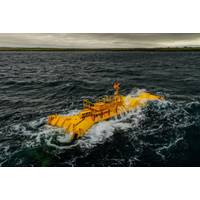
Mocean Energy Raises Funds for Blue Star Wave Energy Technology
.Mocean Energy is currently a key participant in the £2million Renewables for Subsea Power (RSP) programme which has connected Mocean’s 10kW Blue X wave energy prototype with a Halo underwater battery system developed by Aberdeen intelligent energy management specialists Verlume.The two technologies are currently in the seas off Orkney where they are delivering low carbon power and communication to infrastructure including Baker Hughes’ subsea controls equipment and a resident underwater autonomous vehicle (AUV) provided by Transmark Subsea. The programme has been supported by industry
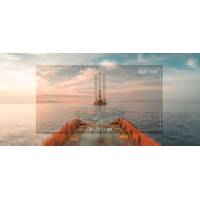
Connecting the Dots: From Remote Operations to Full Autonomy
B, but then once you get there you want to start a different mode of operation.“In the last year Harvest has seen a growing customer desire for greater flexibility; to be able to utilize both technologies to support different operational modes, and so the team at Harvest hybridized the two technologies into one offering, enabling users to switch between modes as operations dictate.(Image courtesy Harvest Technology Group Limited) (Image courtesy Harvest Technology Group Limited) The Remote Inspection System (RiS)While it’s difficult to quantify the pace of the transition to
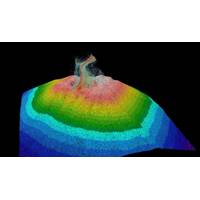
SOI Steps Ahead on Ocean Mapping
of increasing our robotic capability on board as well as our machine learning and processing of that data as well.”Jyotika I. Virmani, Ph.D. Executive Director, SOIImage courtesy SOIWhen you look at the evolution of seabed mapping capabilities using your career as bookends, is there one or two technologies or what technologies do you see as having the greatest impact on making the process more efficient?Autonomous mapping [with autonomous and remote controlled surface and subsea vehicles] is a huge leap forward. That capability is huge because you can now deploy multiple of those and not only
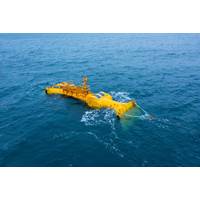
Scottish Project Harnesses Wave Power and Subsea Storage to Power Subsea Equipment
equipment with wave power and subsea energy storage has taken to the seas in the north of Scotland.The £2 million demonstrator project, called Renewables for Subsea Power (RSP), has connected Mocean Energy's Blue X wave energy converter – Verlume's Halo underwater battery.The two technologies have been deployed in the seas off Orkney and have now begun a minimum four-month test program where they will provide low carbon power and communication to infrastructure including Baker Hughes’ subsea controls equipment and a resident underwater autonomous vehicle provided by Transmark
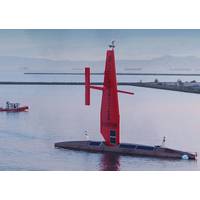
Shipbuilder Austal USA Partners with USV Firm Saildrone
one million ocean miles under our belt on our 100-strong fleet,” said Richard Jenkins, Saildrone Founder and CEO. “Austal is leading the way in the large uncrewed sector, pioneering autonomy and reliability of much larger systems capable of carrying much heavier payloads. We see these two technologies as extremely complementary. Building these two extremes of size in the same facility, and leveraging Austal’s advanced manufacturing capabilities, will dramatically accelerate our ability to get Saildrones into the hands of our customers.&rdquo

Book Review: Getting Down to It; 50 Years of Subsea Success in Norway
. “At that time, it was very advanced; we had subsea Xmas trees. They were land trees that were marinized and there was nothing sophisticated about them, simply valves that opened and closed. Today, we have seen Equinor install two giant compressors on the seabed. The difference between those two technologies is enormous.” Indeed, the industry has come a long way.Nergaard and Gjerde’s book charts the rise of the industry, starting with the award of the first exploration licenses in 1965, and the discovery of Ekofisk in 1969, using Norway’s first subsea wells, derived then from technology

Partners Aim to Transform Acoustic Monitoring
for conducting long term acoustic monitoring. It has a great future in several sectors: Oil and Gas, Oceanographic Science and Defense.” Mike Poole, Director of MOST (AV) said, “This is a great start and proof the PAM-AutoNaut brings together the special attributes of these two technologies. The low-drag and low-power demand WPAM towed array, with its wireless telemetry and state of the art hydrophone system, fits perfectly with a small AutoNaut’s very quiet, all-weather long endurance performance. Together these can radically reduce the costs of PAM operations by removing

New Generation of NaviModel Software
a digitally generated virtual pipeline that corresponds directly to the exact position on the DTM. Thereby, the software allows for a highly visually realistic representation of the pipeline that is not affected by any data noise or potentially flawed data. This approach combines the best of the two technologies in play: The video data, now draped still images representing the pipeline, can be reviewed much faster, with the DTM providing geocoded data for both the pipeline and the seabed
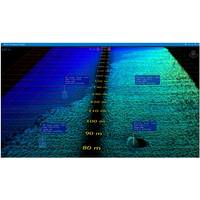
Sonar Makers Partner for Seagrass Surveys
to obtain plant height and density measurements as well as substrate classification. BioSonics developers are now looking at potential ways to adapt Visual Habitat software for Ping DSP sidescan data. Tim Acker, BioSonics owner and president, aid, “We see tremendous synergies between the two technologies and across our businesses. It’s great having a trusted, local partner for collaborations like Ping DSP.” (As published in the March 2015 edition of Marine Technology Reporter - http://www.marinetechnologynews.com/Magazine
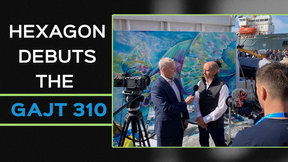
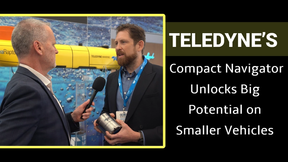
 February 2025
February 2025





